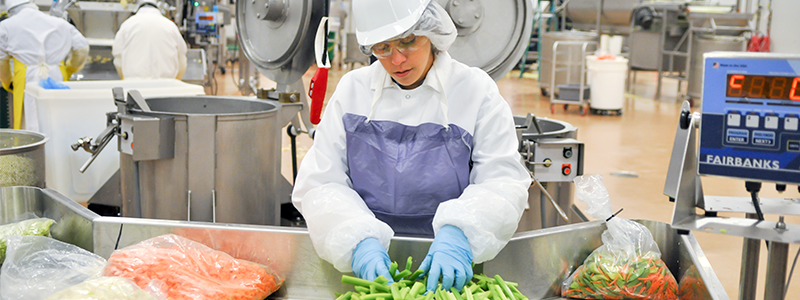GFSI Drives Food Safety Improvements Trends

The GFSI conference is right around the corner — this March in Tokyo! This annual event draws over 1000 food safety professionals from over 60 countries. Participants discuss upcoming trends, scientific information, and new requirements for future GFSI benchmarking standards. This year’s conference will focus on successful implementation strategies for GFSI systems.
Key Trends On The Horizon
1. Big Data
Data is everywhere. The key is knowing the right data to measure, how to capture it, and how to use it! Managing data is critical to your food safety and quality systems. Data from customer complaints, corrective actions, audit results, non-conforming products, microbiological results, and foreign material findings all feed into effective management reviews, with specific KPI’s established to drive continuous improvements.
Further, data from critical quality points should be gathered from Statistical Process Control systems to drive product consistency improvements to meet customer expectations.
It’s time food companies move into the 21st century and begin using software that automates food safety and quality systems, so data can be used to improve operations.
2. Product Identification, Traceability System and Supply Chain Control
Last year’s GFSI Benchmarking Standards updates require more stringent procedures for product identification and line changeover or clearance procedures. This should further reduce the risk of recall by assuring proper removal of product during changeovers and accurate labeling.
Traceability systems must assure all raw materials, packaging materials, and processing aids can be traced from distribution to finished product. Automated traceability systems are much easier to track and more efficient than manual tracking. Supply chain control and transparency are important to knowing how raw materials are sourced, code dated, and transported from credible suppliers.
3. Food Safety Culture
Every company has a food safety culture, even if you don’t know what it is. Culture must be measured quantitavely to get a true assessment at the plant floor level. Culture assessments provide a baseline and allow you to develop a culture improvement.
The right culture is critical to ensure employees are handling products properly — even when no one is looking! A GFSI Technical Committee will discuss how to incorporate culture requirements into the next GFSI benchmarking standard.
Companies should get ahead of the curve and begin incorporating culture into their food safety and quality systems. Driving a positive food safety culture helps prevent catastrophic failures and engages employees to thrive.
Final Thoughts
Many great associations work hard to organize these exceptional educational events to help you continually improve your food safety and quality systems. It’s wise to participate in these events — or at least know what’s happening in the industry — so you can prepare for upcoming changes.
Take time to learn, so you can be an advocate for food safety and quality improvements in your organization. Satisfied and healthy consumers will thank you for it!





